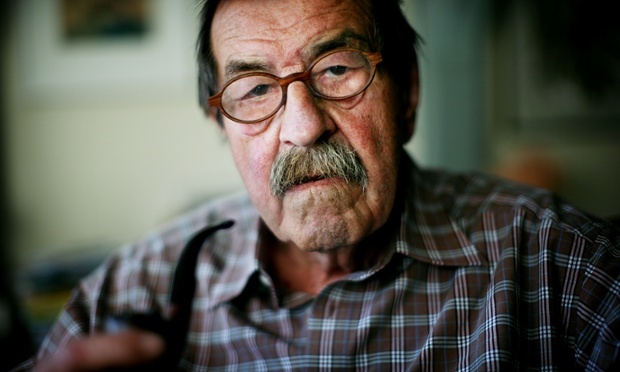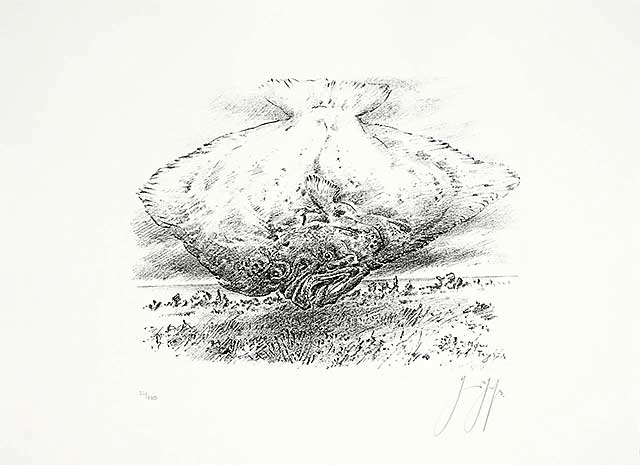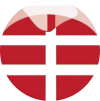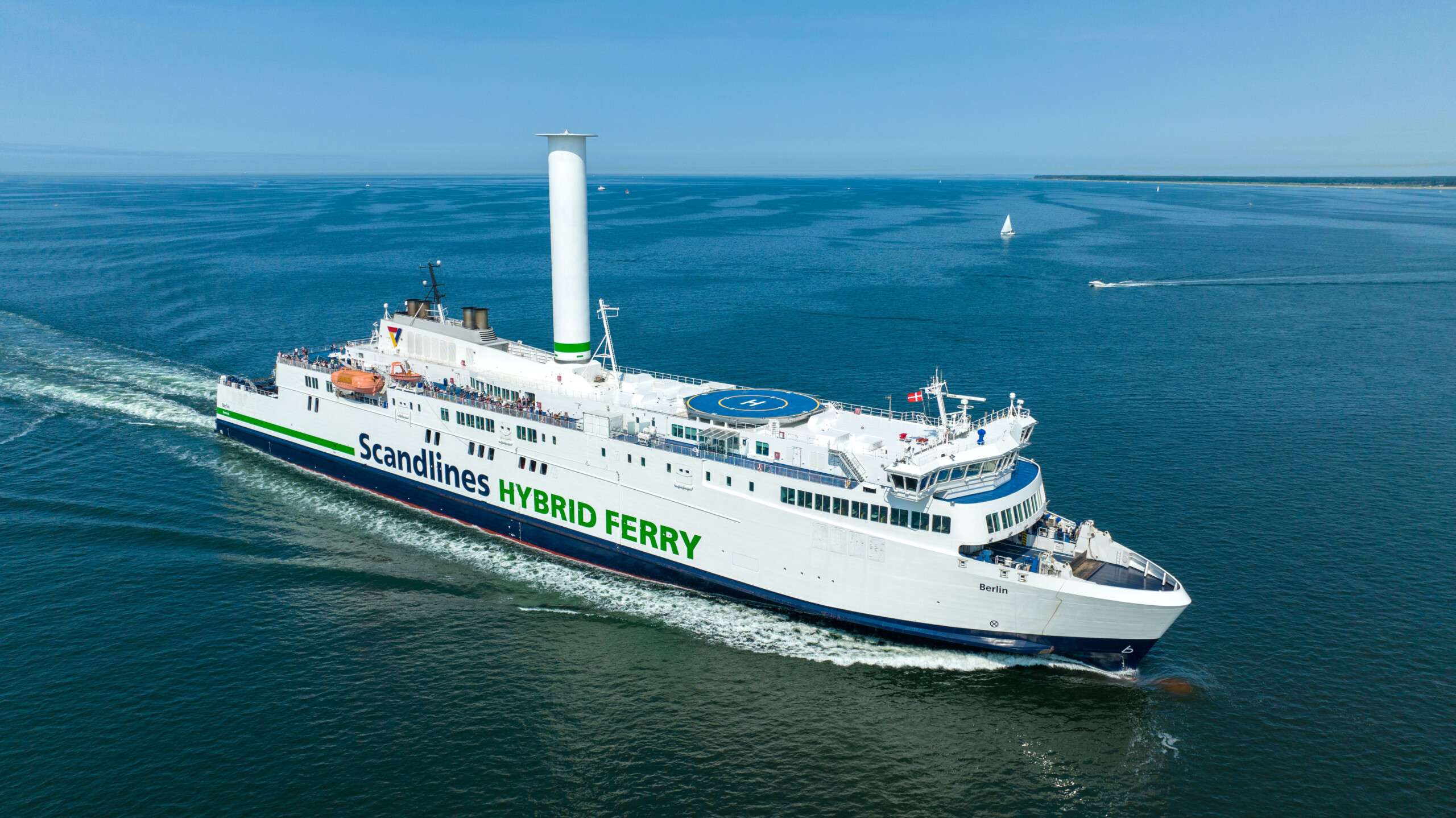
The famous German writer Günter Grass, born in Gdansk in 1927 and died in Lübeck on April 13, 2015, felt strongly connected to the Baltic Sea. For years the artist, who also painted, sculpted and illustrated several of his literary works, moved to Denmark on the island of Mön. The small island with a population of less than 10,000 is located in the south of the largest Danish island of Zealand and east of the island of Falster. Similar to the island of Rügen opposite it on the German coast, Mön also has chalk cliffs. Möns Klint is eight kilometers long and 128 meters high. The steep coast to the east of Mön is made of snow-white writing chalk – a fantastic sight.
Many cultural workers have always been attracted by the beauty and unique landscape of Möns, including Günter Grass, the 1999 Nobel Prize for Literature. He wrote parts of his important novel “Der Butt” here, his best-known and probably most popular book after the “Tin Drum”. It can be assumed that the artist was already heavily inspired by the special atmosphere that prevails on the island of Mön in the 1970s. “Der Butt” was published in 1977. Since 1991 Günter Grass used a rented summer house as a refuge for relaxation and for his creative work. The house is located on the northern Möns peninsula near the village of Ulvshale. There were problems with the extension of the lease, which have to do with Danish law.
The visual artist Günter Grass also captured the special magic of nature on Mön. For example, his “Evening on Moen”, a picture shimmering in watercolors, is well known. It gives an impression of the special Nordic light that many artists appreciate so much. The “Moener Tagebuch”, a portfolio with lithographic works, with which the book was illustrated, comes from the “Butt” period. Both as a writer and as a visual artist, Grass has an almost unmistakable style that one could describe as consistently very distinctive and masculine.

He was one of the artistic personalities in Germany who have long been considered famous. But despite the respect that is paid to the multiple award-winning novelist, graphic artist and politically active Günter Grass, he was one of those contemporaries who kept offending because they remained lateral thinkers into old age. On Mön and directly on his beloved Baltic Sea, Grass apparently found the balance he needed to continue working creatively.
From the introduction to the exhibition â € œGünter Grassâ € at Schloss Wackerbarth, August 3, 2008 by Stefanie Wiech:
At Mön, where he has been spending the summer for a long time, Grass dealt with the allegations that were brought against him and processed them. This took place in the form of poems and lithographs, and here the unity of text and image is particularly close.
In the year before Stupid August, 2005, Grass had also made lithographs on Mön, the Möner Diary, which was created in a less stressful time and whose motifs e.g. Some of them are sure to exude a lightness that would be inconceivable in the following year, like the two leaves â € œThey jump so highâ € and â € œHow the flounder came over usâ € from the animals hovering over the landscape
have particularly poetic qualities. Here, too, the motifs were found on site: your own pipe, the pine cones or the cows that graze in front of the family’s house. Trees are also part of it, which Grass says he portrays and that they “are thoroughly individualistic, more individualistic than people.” Observing nature is an important part of his work.The technique in which the two cycles, the Stupid August and the Möner Tagebuch, are executed is as follows: As is well known, lithography means stone printing, ie the motif is drawn on a specially coated stone, from which several prints are then made. The works exhibited here are z. Partly in front of the object, i.e. created in nature and of course Mr. Grass does not sit in the landscape with a stone on his lap and then returns to Lübeck at the end of the summer with a trunk full of lithographic stones. Instead, in this case, a special paper is drawn from which the drawing is transferred to the stone and then reproduced in the planned edition – i.e. in the case of Stupid August between 20 and max. 60 pieces per motif. This has an advantage that comes into its own here: due to the double change from paper to stone and back to paper, the print is not reversed – as is the case with the works drawn directly on the stone. And of course that is crucial if a
Text is part of the artwork.

